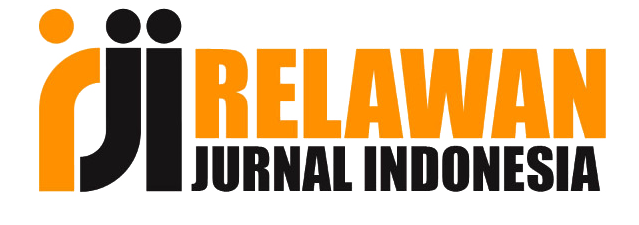Public space as a tourism object: the existence of Pakui Sayang Park in Makassar City
Abstract
The existence of city parks today does not only serve as an icon of adding beauty, but has become a public space and a tourist attraction that is busy with people. Visitors who take advantage of city parks are not only local residents, but also residents from other regions or parties who happen to be visiting a city for certain interests. This article examines one of the public spaces that has become a tourist attraction in Makassar City, namely Pakui Sayang Park. This park is always crowded with visitors, especially in the afternoon, on Sundays and other holidays. In terms of public space criteria, Pakui Sayang Park fulfills these requirements, namely providing good quality service to users, high levels of visitor activity, giving a variety of meanings and significance to the audience, and being very accessible because it is located on the side of the main road in the city center. The results of the study show that Pakui Sayang Park as a public space functions as: (1) sports facilities, such as gymnastics, jogging tracks, tennis, and others; (2) entertainment facilities, such as live music and various events; (3) a place to hang out supported by seats under shady trees; and (4) culinary tours that provide various special menus.
Keywords
Full Text:
PDFReferences
ADIAKSA, A. B. E. (2018). EVALUASI PEMANFAATAN FUNGSI RUANG TERBUKA HIJAU. UNIVERSITAS BOSOWA.
Ahmadin, M. (2022). Social Research Methods: Qualitative and Quantitative Approaches. Jurnal Kajian Sosial Dan Budaya: Tebar Science, 6(1), 104–113.
Arfanda, P. E., Aprilo, I., Arimbi, A., Muhammad, H. N., & Puspodari, P. (2023). Utilization of Public Open Space Area Facilities as an
Alternative to Aerobic Dance Exercise. ACTIVE: Journal of Physical
Education, Sport, Health and Recreation, 12(2), 98–103.
Baum, F., MacDougall, C., & Smith, D. (2006). Participatory action research. Journal of Epidemiology and Community Health, 60(10), 854.
Carr, S., Stephen, C., Francis, M., Rivlin, L. G., & Stone, A. M. (1992). Public space. Cambridge University Press.
Fischer, C. S. (1981). The public and private worlds of city life. American Sociological Review, 306–316.
Goličnik, B., & Thompson, C. W. (2010). Emerging relationships
between design and use of urban park spaces. Landscape and Urban
Planning, 94(1), 38–53.
Goodsell, C. T. (2003). The concept of public space and its democratic
manifestations. The American Review of Public Administration, 33(4),
–383.
Karim, A., Desi, N., & Ahmad, A. (2022). Regional Public Water
Company Business Plan for Sustainable Economic in Makassar City,
Indonesia. Specialusis Ugdymas, 1(43), 10864–10876.
Limpo, S. Y. (2023). The SYL Way: I Love My Job.
Lyon, L., & Driskell, R. (2011). The community in urban society.
Waveland Press.
Madanipour, A. (1999). Why are the design and development of public
spaces significant for cities? Environment and Planning B: Planning
and Design, 26(6), 879–891.
Mitchell, D. (1996). Introduction: Public space and the city. Urban
Geography, 17(2), 127–131.
Yan, H., Wu, F., & Dong, L. (2018). Influence of a large urban park on
the local urban thermal environment. Science of the Total
Environment, 622, 882–891.
Zhang, X., & He, Y. (2020). What makes public space public? The
chaos of public space definitions and a new epistemological approach.
Administration & Society, 52(5), 749–770.
DOI: https://doi.org/10.52626/jg.v6i3.278
Refbacks
- There are currently no refbacks.
St. Teknik II, Reumpet, Krueng Barona Jaya sub-district (23370), Aceh Besar District, Aceh Province, Indonesia.
http://geutheeinstitute.com/








